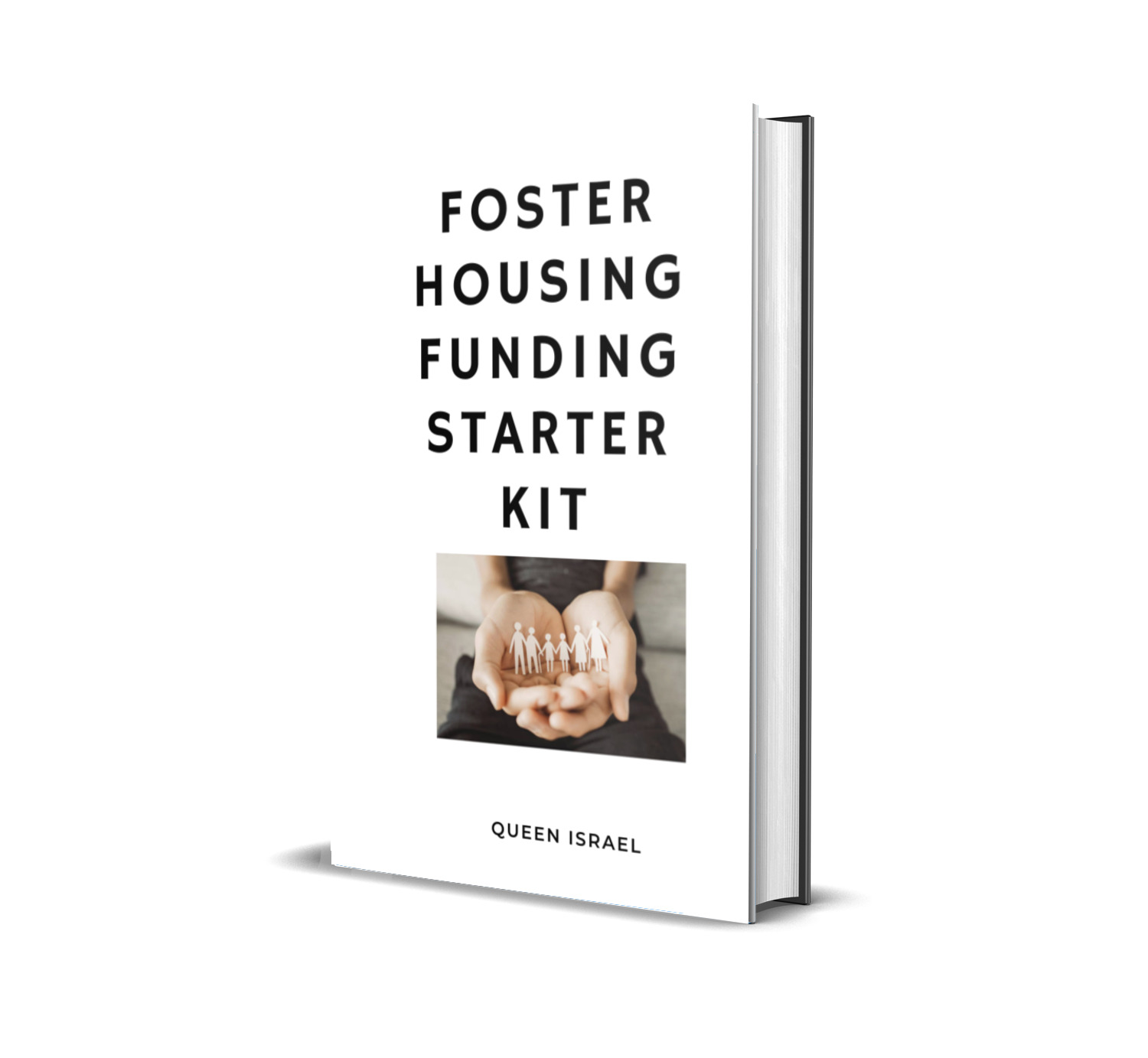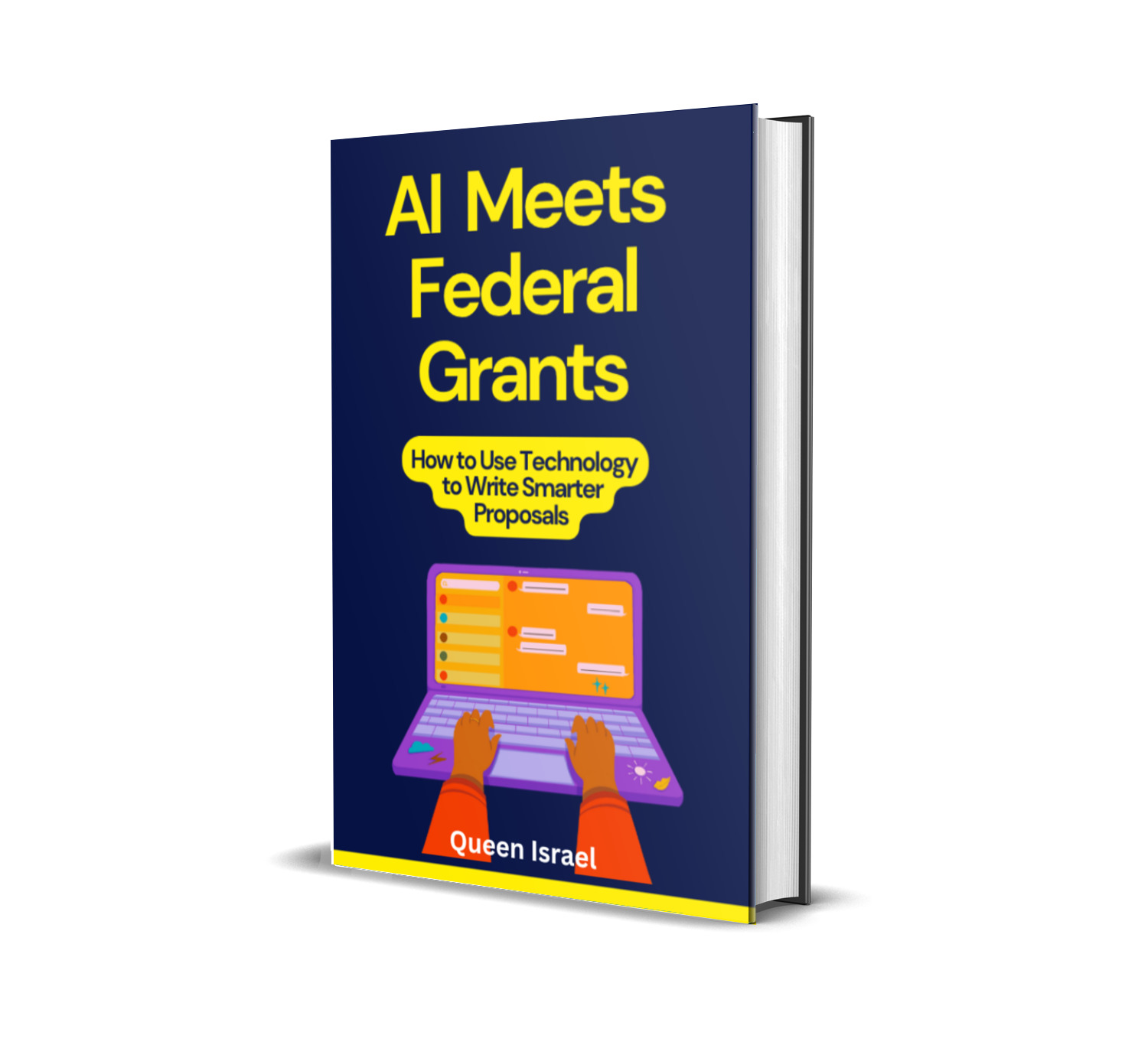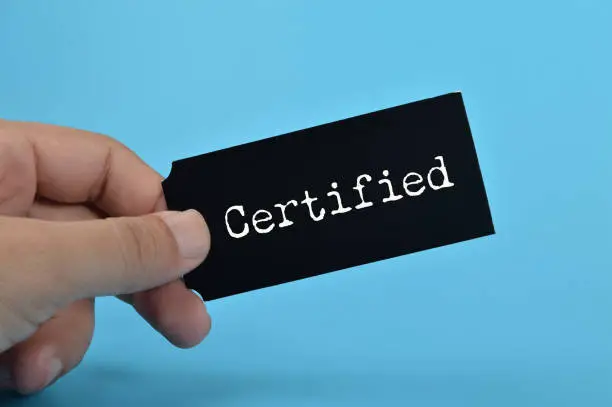When you’re in the world of grant writing, managing multiple grant applications can quickly become overwhelming.
Tracking grant applications is essential to ensure you don’t miss deadlines, forget critical follow-ups, or leave out key details in your submissions.
In this post, we’ll dive into practical methods for tracking your applications, discuss tools you can use, and share strategies to improve your chances of winning grants. By the end, you’ll have the knowledge to create your own effective system and join a community that can support your journey.
Grant writing is a long, complicated process, and keeping everything organized is critical for staying on top of the various stages—from the initial research and writing to submission and follow-up.
This post is designed to guide you step by step on how to track your grant applications, keep them organized, and increase your success rates.
Why Tracking Grant Applications is Crucial
Tracking your grant applications is more than just keeping an eye on deadlines. It’s about understanding where each application stands, what actions need to be taken next, and evaluating your success rate over time.
Here’s why effective tracking is crucial:
- Organization: With multiple grants in play, keeping track of submission deadlines, progress, and feedback is paramount. A tracking system helps you stay organized, especially if you have several applications at once. Research has shown that people who maintain an organized tracking system report a 30% increase in productivity. (Source: Productivity Studies Journal)
- Avoid Missed Deadlines: Missing a deadline can disqualify your application. Studies indicate that up to 40% of grant proposals never get reviewed because of missed deadlines. By tracking your grants, you can set reminders and keep a detailed record of where each application stands.
- Maximize Your Resources: Knowing the status of each application helps you allocate your time and resources efficiently. Whether it’s responding to requests for more information or prepping for an interview, being on top of your applications will make your job easier. According to surveys, organizations that effectively track applications see an average increase in grant awards by 25%.
- Increased Success Rates: With detailed tracking, you can identify patterns, improve your strategy, and adjust your approach in the future. This kind of iterative improvement can increase your chances of securing funding. Some grant writers have reported a 50% improvement in win rates after implementing a systematic tracking process.
Now that you know why tracking is important, let’s dive into the practical side of things and learn how to set up a system that works for you.
How to Track Grant Applications:
Tracking grant applications can be done manually using a simple spreadsheet, or with specialized software designed for grant management. Below, we’ll walk you through the two primary methods that cater to different needs and preferences.
1. Spreadsheets: Simple and Effective
A spreadsheet is one of the most effective and easy-to-use tools for tracking your grant applications. It’s simple to create and can be customized to your needs. Let’s look at why spreadsheets remain a popular choice:
- Accessibility: Spreadsheets like Microsoft Excel or Google Sheets are widely used and easily accessible. Many people are already familiar with basic functions and formatting.
- Customization: You can tailor a spreadsheet to suit your specific needs. There’s no one-size-fits-all; you can create columns and categories that align with your process.
- Cost-Effective: Spreadsheets are often free or part of standard office software suites, making them a cost-effective solution for individuals and organizations of any size.
What to include in your tracking spreadsheet:
- Grant Name: List the title of the grant. This helps you quickly identify which project or purpose the application serves.
- Funding Organization: Include the name of the organization providing the grant. This can sometimes inform specific nuances in application style or expectations.
- Application Deadline: Record the due date for each application. Use conditional formatting to highlight approaching deadlines.
- Submission Status: Mark whether the application is in progress, completed, or submitted. Options could include “Not Started,” “In Progress,” “Submitted,” “Approved,” or “Rejected.”
- Contact Person: Include the name and contact information of the person you need to reach within the funding organization. Building a relationship with this person can sometimes provide insights and tips.
- Grant Amount: Track the funding amount being requested. This helps in prioritizing grants based on the resources you need or the potential impact of the funding.
- Key Requirements: Note any specific eligibility criteria, documents, or information you need to include. This could be application questions, letters of recommendation, or financial statements.
- Follow-Up Actions: After submission, track any follow-up emails or phone calls you need to make. This includes thanking the organization, clarifying questions, or providing additional documents.
- Outcome: Mark whether your application was approved, rejected, or if you’re waiting on a response. This will help you quickly review your pipeline of active and past applications.
- Feedback Received: If the grant was not awarded, note any feedback you received, so you can improve your future applications. Feedback is a goldmine for learning—don’t let it go to waste!
Example Spreadsheet Template:
| Grant Name | Funding Org | Deadline | Status | Contact Person | Amount Requested | Key Requirements | Follow-Up | Outcome | Feedback |
|---|---|---|---|---|---|---|---|---|---|
| Arts Grant 2024 | Arts Council | 2024-05-01 | In Progress | Jane Doe | $10,000 | Portfolio, project proposal | Send thank you email post-submission | Pending | – |
| Education Grant | EdFoundation | 2024-06-15 | Submitted | John Smith | $50,000 | Budget breakdown, impact analysis | Call for status update | – | – |
Creating a template like this and filling it in consistently will transform your grant tracking from chaotic to streamlined.
2. Grant Management Software
If you prefer something more advanced, there are several grant management software options available that can help you track your applications. These software solutions often bring additional features such as automated reminders, reporting, and document storage. Some popular tools include:
- Foundant: A comprehensive tool that helps nonprofits manage grants, track applications, and generate reports. It is known for its user-friendly interface and robust reporting capabilities.
- GrantHub: This software helps you track deadlines, manage applications, and store grant-related documents all in one place. It’s designed to simplify the grant-seeking process by offering calendar integrations and detailed tracking features.
- Submittable: An easy-to-use platform that helps with application submissions and tracking the progress of each grant. It allows teams to collaborate on submissions and provides a clear overview of application status across multiple projects.
Advantages of Using Grant Management Software:
- Automation: Many routine tasks, such as sending reminders or updating statuses, can be automated, saving you time and reducing the potential for human error.
- Collaboration: These platforms often support multiple users, making it easier for teams to work together on applications.
- Data Security: Professional tools offer enhanced security measures to protect sensitive information.
- Analytics and Reporting: Tools often come with built-in analytics to help you assess trends in your applications, understand what worked, and plan for the future.
However, these tools come at a cost. They typically require a subscription or fee, but for many organizations, the investment pays off by saving valuable time and increasing grant approval rates.
Common Tracking Mistakes to Avoid
Even with the best tracking system in place, there are common mistakes grant writers make when tracking their applications. Let’s discuss a few to keep in mind:
- Not Tracking Deadlines Early Enough: Don’t wait until the last minute to start tracking deadlines. Set up reminders well in advance to give yourself time to make adjustments. Consider setting reminders not just for the due date but for milestones leading up to the deadline, such as when the draft should be completed, when reviews should happen, etc.
- Lack of Follow-Up: Many grant writers forget to follow up on submitted applications, especially if there is a long waiting period. Keeping track of follow-up actions will help ensure you don’t miss this critical step. It’s helpful to schedule follow-ups into your calendar at intervals (e.g., one week after submission, one month later, etc.).
- Neglecting Feedback: If you receive feedback on your application—whether it’s positive or negative—make sure to record it. This feedback is invaluable for future applications and can help you refine your approach. Some funding organizations even provide specific reasons for rejection which, when tracked, can reveal common issues in your proposals.
- Failing to Track All Stages: Track every step of the application process, from research to final submission. Missing even a small detail can cause setbacks. For instance, failing to record a networking conversation with a potential funder could mean missing out on critical inside information that might benefit your application.
By being aware of these pitfalls and actively working to avoid them, your tracking system will be much more effective and lead to better outcomes.
Tools and Resources to Enhance Tracking
To help you track your applications more efficiently, here are some tools and resources to consider:
- Google Calendar: Set up alerts for deadlines and meetings. Google Calendar is free and easy to use. Its integration with Gmail and other Google services makes it convenient for many users.
- Trello: A project management tool that can help you track the status of each application with boards and lists. It offers visual organization, so you can see at a glance which grants need attention.
- Asana: Similar to Trello, Asana provides more detailed task management features, allowing you to break down each grant application into tasks and subtasks with due dates.
- Grants.gov: For federal grants in the U.S., Grants.gov provides tracking features and notifications when grants open or close. Using this resource can give you a heads-up on upcoming funding opportunities and help you track application statuses directly through their system.
- Evernote or OneNote: These note-taking apps can be great for storing research, drafting proposals, and linking to documents related to each grant application.
These tools, combined with a consistent tracking system, will ensure that nothing slips through the cracks and that you are always prepared.
Tips for Improving Your Tracking Process
Here are some additional tips to help make your grant tracking process even smoother:
- Color-Code Your Tracking Sheet: Use color-coding to quickly identify urgent grants or grants that are awaiting a response. For example, use red for deadlines within a week, yellow for upcoming deadlines, and green for completed tasks. This visual shorthand can help you prioritize tasks at a glance.
- Regularly Update Your Tracking System: Make it a habit to update your tracking system daily or weekly. Consistency is key. If you set aside time each morning to review and update your spreadsheet or software, you’ll catch any potential issues early on.
- Review Your Tracker Periodically: Set aside time each month to review your progress and evaluate your success rate. This can help you identify any issues early on and adjust your strategy accordingly. Look for trends in feedback, success rates, and funding organizations that frequently fund your type of projects.
- Backup Your Data: Ensure that your tracking information is backed up regularly. If you’re using a spreadsheet or local files, use cloud storage or automated backup services. This ensures that your data isn’t lost due to technical failures.
- Educate Yourself Continually: Stay informed about best practices in grant management by attending workshops, webinars, or subscribing to reputable newsletters—like the one from Grant Writing Academy—to get ongoing advice and tips.
Boost Your Grant Writing Success Rate
By now, you should have a solid understanding of the importance of tracking your grant applications and some methods for doing so. But tracking is just one piece of the puzzle. To increase your chances of winning grants, it’s essential to have the right strategies, templates, and tools in place.
Consider how much more effective your efforts could be with expert guidance. Learning from seasoned professionals who know the ins and outs of the grant world can be transformative. This is where the Grant Writing Academy Newsletter comes into play.
If you’re serious about boosting your grant writing success, make sure you subscribe to the Grant Writing Academy Newsletter. By subscribing, you’ll gain access to valuable tips, strategies, templates, and tools that will help enhance your application process and improve your success rates.
Subscribe now to access more tips and tricks, and ensure that you’re on the path to grant writing success. You’ll receive exclusive resources like:
- Step-by-step templates for grant proposals: Templates that have been proven to work can save you hours of work and increase the quality of your applications.
- Proven strategies to increase your chances of winning grants: Learn from case studies and expert advice what strategies have been most effective.
- Access to a community of grant writers: Networking and community support can provide motivation, advice, and moral support during challenging periods.
- Tools and Resources: Exclusive access to digital tools, spreadsheet templates, checklists, and more that are designed to streamline your grant writing and tracking processes.
- Q&A Sessions and Webinars: Opportunities to ask experts your specific questions and get personalized advice.
Data suggests that grant writers who engage in continuous learning and utilize organized systems increase their funding success rates by up to 35%. By subscribing to the newsletter, you’re investing in your own growth and success.
Final Thoughts
Effective tracking is one of the most important yet overlooked aspects of grant writing. It provides a framework that not only keeps you organized but also highlights areas for improvement, ensuring that you’re always learning and adapting. By using simple tools like spreadsheets or advanced software, staying organized, and avoiding common mistakes, you’ll significantly improve your chances of securing funding.
Remember that tracking grant applications isn’t just about staying organized—it’s about staying ahead. With a system in place, you’re proactive rather than reactive, which can make all the difference in a competitive field.
So why not take the next step in your grant writing journey?
Subscribe to the Grant Writing Academy Newsletter today and start enhancing your success rate with insights, tools, and a community dedicated to your success. With every newsletter, you’ll be better equipped to manage, track, and win more grants, making your mission that much easier and more effective.
Ready to take your grant writing to the next level?
Subscribe now and let’s start building a brighter future together.
Data Sources and Further Reading:
- Productivity Studies Journal on the impact of organization on productivity: Link
- Research on grant proposal success rates and tracking benefits: Link
- Official sites for grant management tools:
- Foundant: https://foundant.com
- GrantHub: https://www.granthub.com
- Submittable: https://www.submittable.com
- Grants.gov for tracking federal grant applications: https://www.grants.gov





